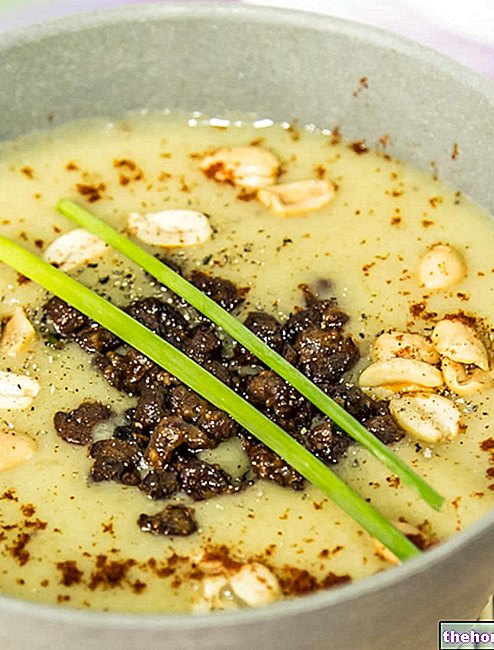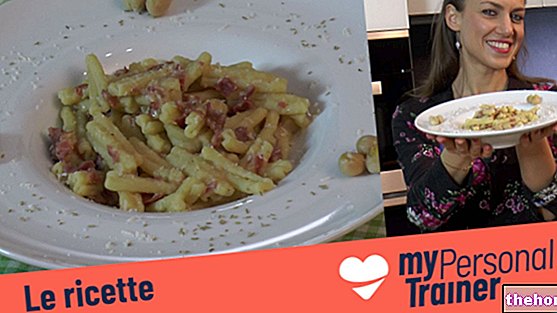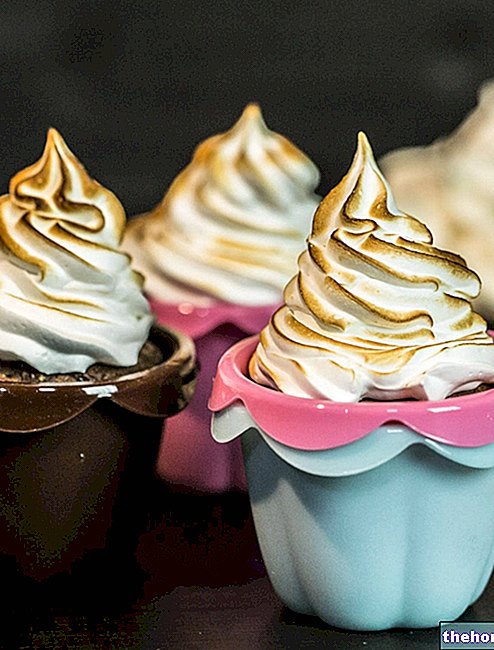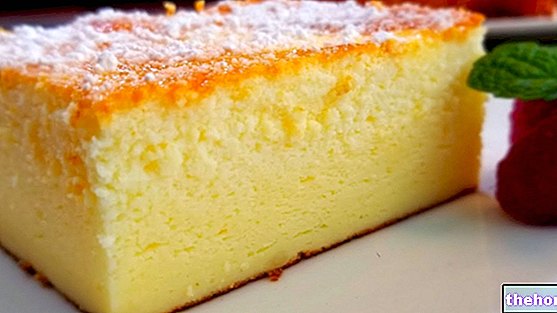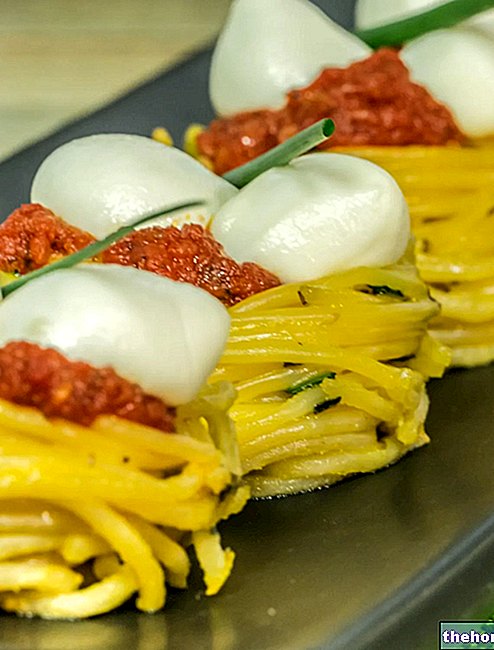After countless technical tests and experiments, I finally found the recipe for making margarine at home. Improperly called "vegetable butter", margarine is nothing more than a "stable emulsion of water in oil. The aqueous part is represented by vegetable milk or plain water, while the lipid part is made up of fats of different nature (eg. coconut, canola oil, sunflower oil, peanut oil, grapeseed oil etc.).The difficulty in preparing margarine is essentially the consolidation of the mass: at room temperature, in fact, the oils and the water are in a liquid state; however, the margarine must appear solid and have a spreadable consistency. The most obvious solution, at the level industrial, is the much feared hydrogenation: this technique involves the use of nickel as a catalyst to blow gaseous hydrogen into the mixture. This allows the saturation of the double bonds, therefore the change of consistency of the food (from liquid to solid). But we will try to find a solution to this technique and produce margarine at home. Let's find out how it's done!
Video of the Recipe
Identity Card of the Recipe
- 390 KCal Calories per serving
-
Ingrediants
For 100 g of margarine:
- 60 ml of soy milk
- 5 ml of vinegar
- 1 pinch of salt
- 35 ml of coconut oil
- 10 ml of sunflower oil or grapeseed oil
- 12 g of soy lecithin
- 1 g of xanthan gum
Materials Needed
- Powerful hand blender or blender
- Bowl
- Spatula
- Scale weighs food
Preparation
- In a bowl, mix the natural soy milk along with the vinegar and salt. Let the mixture rest for 10 minutes or until you notice a change in consistency.
- Meanwhile, in a beaker, combine the coconut oil and the sunflower oil. Emulsify the two types of fat with the immersion blender.
Did you know that
In this recipe we suggest the use of coconut oil because the lipid profile lends itself to making margarine. It is composed of medium-chain fatty acids (eg. Caprinic, caprylic and lauric), but it is poor in palmitic and myristic acid, the deficiencies of which are compensated for by a "similar quantity of oleic acid and, to a lesser extent, by linoleic acid. Therefore, despite being rich in saturated fats, coconut oil - unlike palm oil - does not burden excessively on cholesterol levels (danger mainly linked to the consumption of oils rich in palmitic and myristic acid).- Now add the xanthan gum (or xanthan), the soy lecithin and the mixture formed by soy milk and vinegar (which in the meantime will have thickened slightly).
- Mix everything again until you get the consistency of a dense and compact vegetable cream.
- Remove the mixture from the beaker and combine it in a small bowl or glass jar.
- Immediately place the jar in the freezer for one hour.
Attention!
Cooling is a fundamental step in the preparation of margarine because it favors the crystallization of the emulsion, giving different characteristics based on the speed of the process.- Remove the jar from the freezer and store in the fridge: you may notice a change in the density of the margarine, from semi-thick to spreadable. At this point, margarine can be consumed as desired as a substitute for animal butter.
Alice's comment - PersonalCooker
Making homemade margarine is finally possible! You can use it in the same doses as cow's milk butter. It can be kept in the fridge for 1 month or in the freezer for 1 year.Nutritional values and Health Comment on the recipe
Homemade Margarine is a low calorie seasoning fat. The main nutrients are triglycerides, composed respectively of mainly saturated fatty acids. Proteins and carbohydrates appear only in marginal quantities. Cholesterol and dietary fiber are not included.
Homemade Margarine can be used more safely than commercial margarine and butter, but the prevalence of saturated fats (although mainly MCT) makes it unsuitable for the "hypercholesterolemic diet. It is" suitable for the diet against overweight, to that against l "intolerance to lactose and gluten, and to the vegan diet.
The average portion is double that of the oil.

